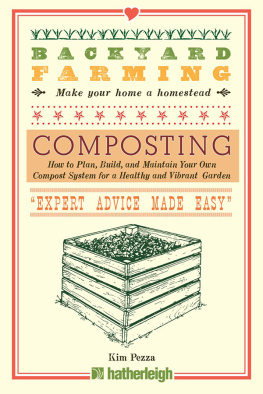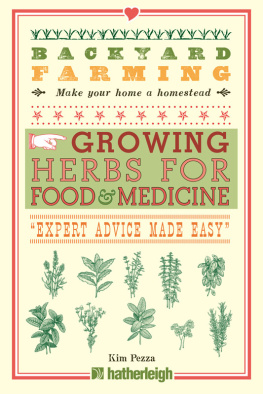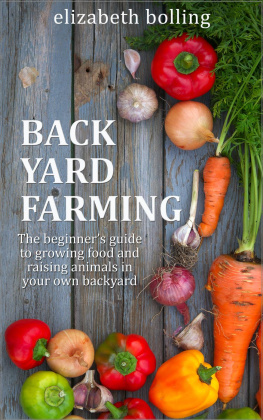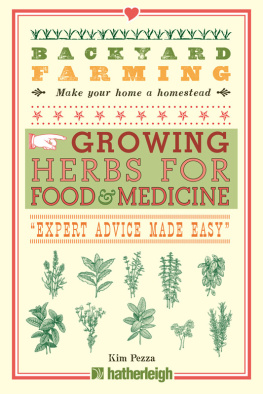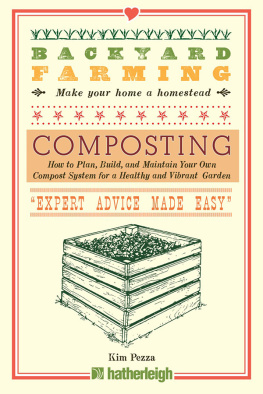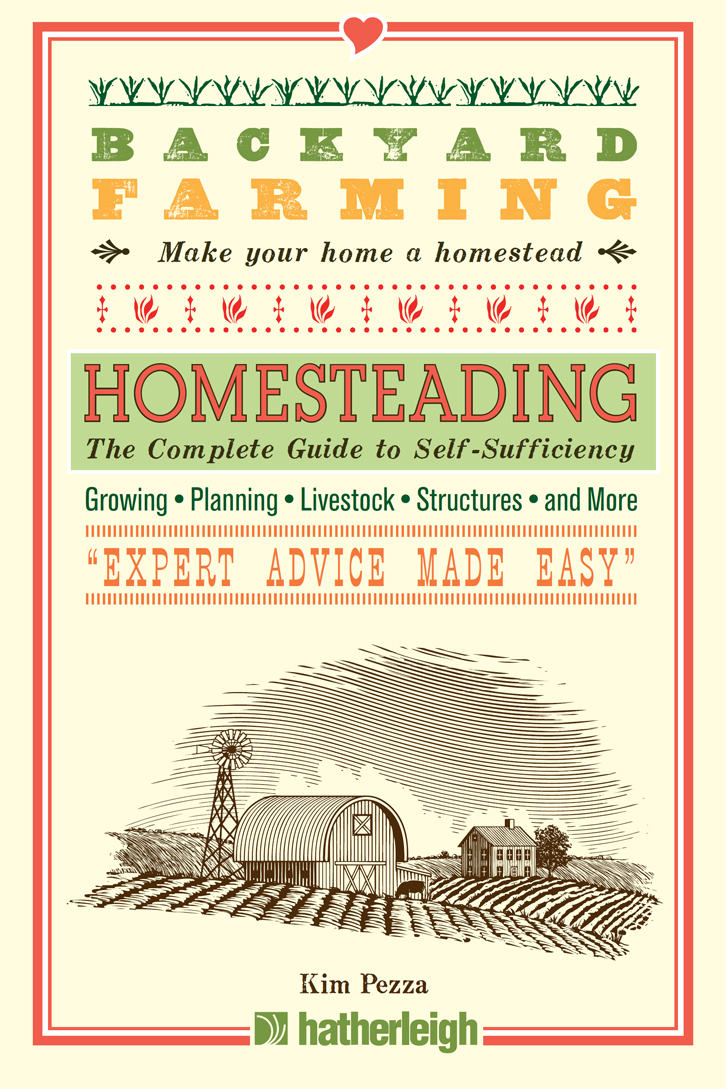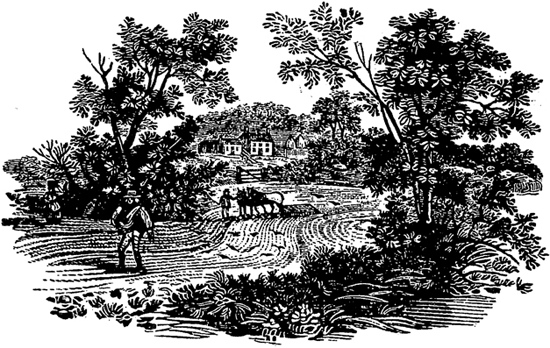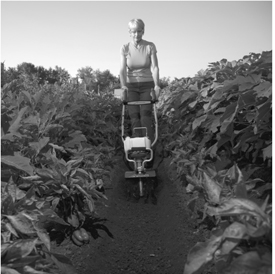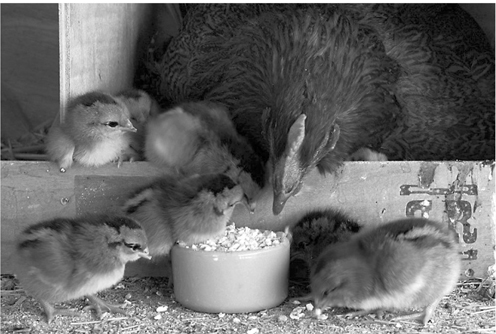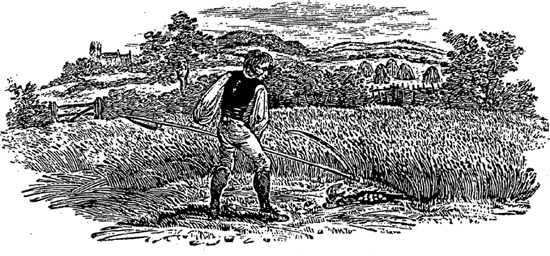Kim Pezza - Backyard Farming: Homesteading: The Complete Guide to Self-Sufficiency
Here you can read online Kim Pezza - Backyard Farming: Homesteading: The Complete Guide to Self-Sufficiency full text of the book (entire story) in english for free. Download pdf and epub, get meaning, cover and reviews about this ebook. year: 2016, publisher: Hatherleigh Press, genre: Home and family. Description of the work, (preface) as well as reviews are available. Best literature library LitArk.com created for fans of good reading and offers a wide selection of genres:
Romance novel
Science fiction
Adventure
Detective
Science
History
Home and family
Prose
Art
Politics
Computer
Non-fiction
Religion
Business
Children
Humor
Choose a favorite category and find really read worthwhile books. Enjoy immersion in the world of imagination, feel the emotions of the characters or learn something new for yourself, make an fascinating discovery.

- Book:Backyard Farming: Homesteading: The Complete Guide to Self-Sufficiency
- Author:
- Publisher:Hatherleigh Press
- Genre:
- Year:2016
- Rating:5 / 5
- Favourites:Add to favourites
- Your mark:
Backyard Farming: Homesteading: The Complete Guide to Self-Sufficiency: summary, description and annotation
We offer to read an annotation, description, summary or preface (depends on what the author of the book "Backyard Farming: Homesteading: The Complete Guide to Self-Sufficiency" wrote himself). If you haven't found the necessary information about the book — write in the comments, we will try to find it.
Join the Backyard Farming Movement and Turn Your Home into a Homestead!
Backyard Farming: Homesteading is your all-in-one guide to successfully turning your rural property, suburban home, or urban dwelling into a productive food oasis. Covering every topic from finding and developing the perfect property, as well as which produce and livestock combinations are easiest to start with, Homesteading takes the anxiety and guesswork out of enjoying the backyard farming revolution.
Whether you have 100 acres of open land or just a small backyard or apartment terrace, Homesteading is the comprehensive primer for anyone looking to grow their own food. Including detailed instructions and informative photographs that help ensure your backyard farm is everything you want it to be, Homesteading walks you step by step through the process of planning and implementing your sustainable lifestyle.
With Homesteading, you will:
Learn what to look for when considering properties for backyard farming
Learn how to develop the property you already own into a homestead, regardless of size and space
Find out which varieties of produce and livestock are easiest for a beginner
Learn how to preserve your harvest
Discover a variety of delicious recipes using produce from your own farm
...and many more tips to help you achieve success.
More than ever, people everywhere are making a return to the farming lifestyle: Homestreading is your first big step to joining the growing movement of these homemakers looking to a healthier, happier way of lifeand it starts right in your own backyard.
Backyard Farming is a series of easy-to-use guides to help urban, suburban, and rural dwellers turn their homes into homesteads. Whether planning to grow food for the family or for sale at the local farmers market, Backyard Farming provides simple instruction and essential information in a convenient reference.
From the Trade Paperback edition.
Kim Pezza: author's other books
Who wrote Backyard Farming: Homesteading: The Complete Guide to Self-Sufficiency? Find out the surname, the name of the author of the book and a list of all author's works by series.

